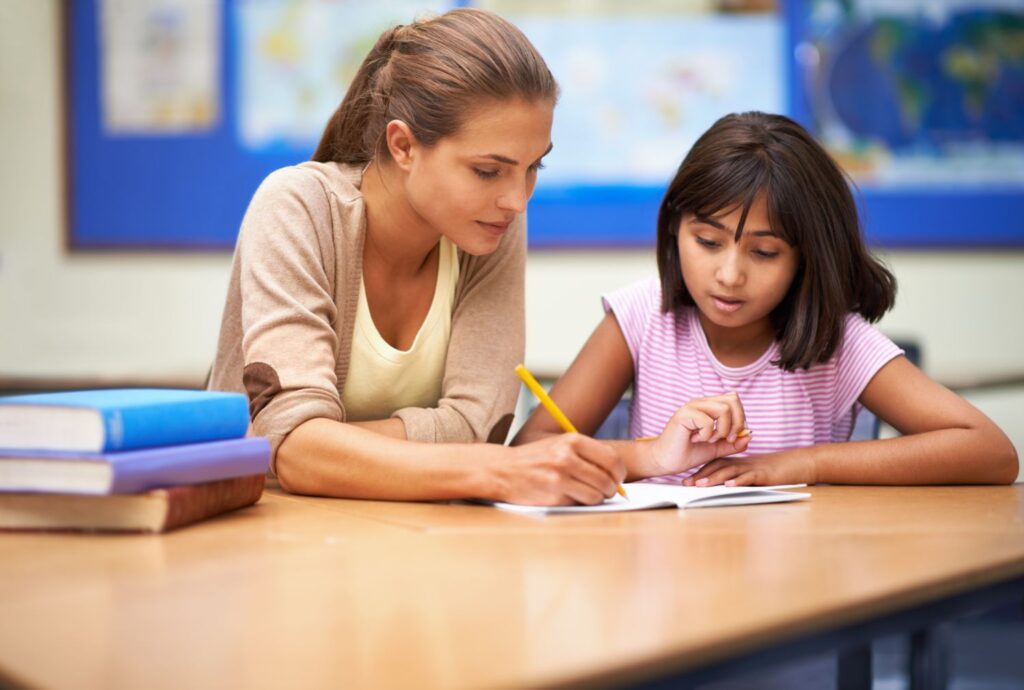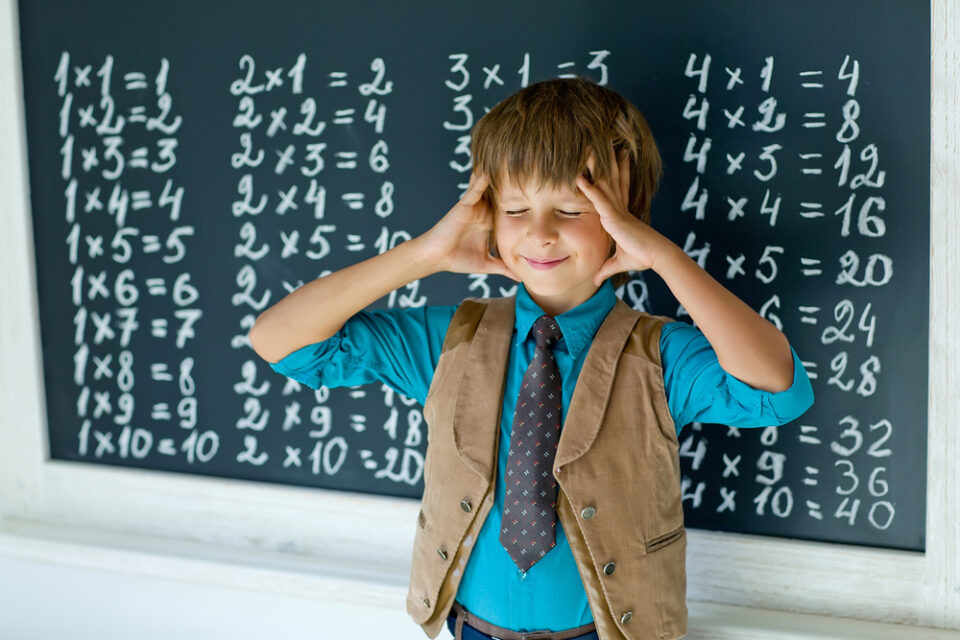As parents, it can be challenging to teach our children mathematical concepts, especially when it comes to multiplication. However, there are several ways in which we can make learning multiplication easy and fun for our kids.
– One of the best ways is to use visual aids. This can be as simple as using a multiplication table or as complex as creating your own visual aids using household items such as blocks, toys, or even food items.
– When teaching multiplication, it’s essential to break it down into manageable pieces. Start by teaching your child how to count and group objects. Once your kiddo has a solid understanding of counting and grouping, you can introduce the concept of multiplication. For example, if you have five groups of three apples, you can show your child that this equals fifteen apples total.
– Another helpful tip is to use real-life examples of multiplication. For instance, if you’re baking a cake and need to double the recipe, you can show your child how to use multiplication to calculate the new measurements.
– In addition to visual aids and real-life examples, using games and activities can make learning multiplication fun for kids. For example, you can create a multiplication scavenger hunt around the house or play multiplication bingo using maths free worksheet for class 3. These activities not only make learning more engaging but can also help your child retain the information better.
It’s important to remember that every child learns differently, and what works for one child may not work for another. Be patient and try different methods until you find what works best for your child.
Using Maths Free Worksheet for Class 3

Maths free worksheet for class 3 can be a valuable tool for parents looking to help their kids learn multiplication. They provide a structured approach and can be an excellent supplement to other teaching.
One of the advantages of using them is that they provide instant feedback. After completing a worksheet, you can review the answers with your child and identify any areas where they may need additional help. This can help your child build confidence in their multiplication skills and motivate them to continue learning.
It’s important to note that worksheets should not be the only method used to teach multiplication. As mentioned earlier, visual aids, real-life examples, and games and activities should also be incorporated into your child’s learning.
Tips for Using These Worksheets

1. Start with simple worksheets: Begin with basic multiplication tables and drills before moving on to more complex worksheets. This will help your child build a strong foundation in multiplication.
2. Monitor progress: Keep track of your child’s progress by reviewing completed worksheets and identifying any areas where they may need additional help.
3. Use worksheets as a supplement: They should be used as a supplement to other teaching methods.
4. Make it fun: Incorporate games and activities into your child’s learning to make it fun and engaging. This will help your child stay motivated and retain information better.
Conclusion
Multiplication can be a challenging concept for children to grasp, but with the right tools and methods, it can be an enjoyable and rewarding experience.


